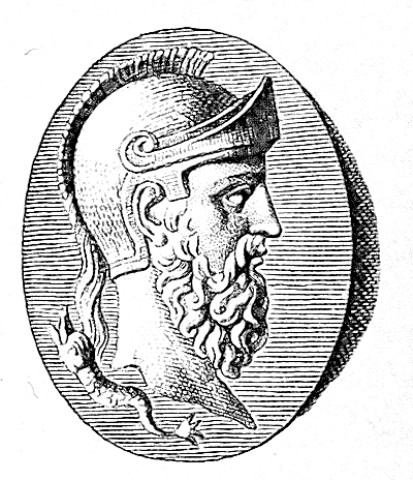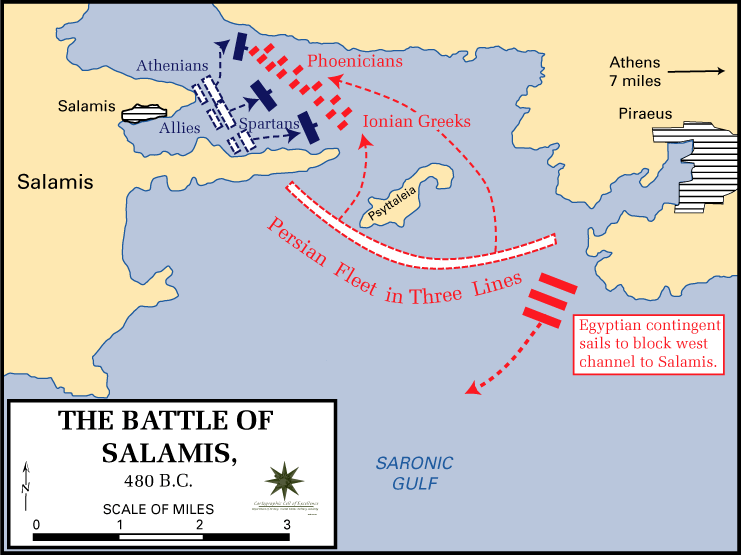There are strange things done in the midnight sun
By the men who moil for gold;
The Arctic trails have their secret tales
That would make your blood run cold;
The Northern Lights have seen queer sights,
But the queerest they ever did see
Was that night on the marge of Lake Lebarge
I cremated Sam McGee.
My submission for the Accretionary Wedge #51, which I am also hosting, is about my favourite poet of all time: Robert Service. Robert Service was born on January 16, 1874 in Preston, England. He immigrated to Canada at the age of 21 and after working odd jobs for a while throughout British Columbia and California he landed a job as a banker with the Canadian Bank of Commerce who, in 1904, sent Service to their Whitehorse branch. Although already a published poet, it was in Whitehorse that he established himself as one of the premier poets of his day. It was from this point on that Robert Service became the voice of the Klondike Gold Rush and hereafter known as the “Bard of the Yukon”. In 1908 he relocated to Dawson City, which was the heart of the gold rush and still booming even though most of the claiming had been done earlier in the decade. Indeed, in 1908 Dawson claims produced 174,000 ounces of gold (they still produce around 50,000 ounces/year).

The Bank of British North America and the infamous Downtown Hotel (lots of fun to be had in there!) in Dawson City. (Photo: Matt Herod)
Robert Service lived in Dawson until 1912, writing poetry full time in his cabin, which is preserved by Parks Canada as a historic site…like the rest of Dawson. He then moved to Europe during the war years and passed away in 1958.
The ballads and poems of Robert Service are my all time favourites. As someone who has been to the Yukon several times they resonate quite strongly for this reason alone. However, even before I was lucky enough to travel there I still loved them. They speak to me on several levels. Firstly, as a fan of Canadian history they invoke the feeling of the gold rush, an important time in Canada, far more effectively than any story or non-fiction ever has. They also speak to me as a geologist. These days gold rushes are more like staking wars between junior mining companies than individual races by men from across Canada and the world to a far flung and wild place. They certainly do not bear any resemblance to the old methods of prospecting, staking or mining gold and poems such as these bring those old days back to life. As modern geologists it would not do to forget our heritage. Today we use sophisticated geochemical and geophysical methods to find gold and it is easy to forget about the blood, sweat and tears of the early Klondikers and the only way to appreciate what we take for granted today is to learn about what the old methods were. The poems of Robert Service bring those days to life in my mind and enhance my appreciation for the evolution of gold prospecting and mining throughout the past 100 years.
For this wedge I also encouraged people to write their own poetry and so I figured that as the host I had better put my money where my mouth is. I am taking a course in glacial sedimentology this semester and TA’ing Quaternary geology so I have glaciers on the brain a little bit right now, which is not altogether a bad thing. I hope you enjoy my poem.
Beautiful flowing stream of ice;
blue, grey, brown and white;
squeezing the land in a powerful vice;
with enormous might;
blanketing the nations in a cold embrace;
creeping forward, toward your toe;
scraping the land at your base;
shaping it like a colossal fresco
receding, advancing, apparently still
yet always in motion, inexorably flowing
Striations, rat-tails, whale-backs, till
Eroding, depositing, always sculpting
Recording chemistry for untold millenia
helium, carbon, oxygen, hydrogen
revealing past climate data
cracking, calving into the salty ocean
Glacier, you are a mighty power
Coming and going throughout Earth’s past
flowing like a mountainous white tower
when is the next ice age forecast?
If you want to listen to some real poetry now that you’ve read mine I recommend the recital of The Cremation of Sam Magee below by the amazing Johnny Cash. I was pretty stoked to find a recital of this great poem by such a fantastic musician as well. It is kind of an awesome double although he does say “toil” instead of “moil”, but it is a minor mistake and doesn’t really matter.
Thanks for reading and remember, the deadline for AW#51 is coming up on November 1 so get your submissions in!!
Matt













